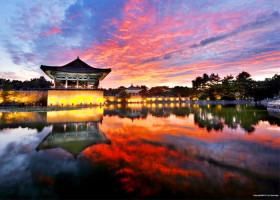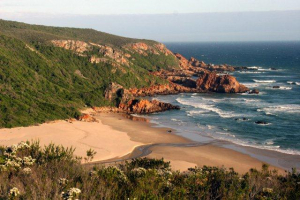Top 7 Most Beautiful Historical Sites in South Africa
Experience South Africa’s rich history, from its turbulent past to its unique architecture and languages, by visiting the list of most beautiful historical ... read more...sites in South Africa!
-
What makes Kimberley's Big Hole even more intriguing is that it is totally man-made; it is the world's largest hand-dug excavation.
It all started in 1866, when a man named Erasmus Jacobs discovered what he thought was a brilliant stone on the Orange River's banks. To make a long tale short, it was later sold for £500 in London after being judged to be a 21.25-carat diamond. After two more diamonds were discovered in the region, a diamond rush erupted, with thousands more miners arriving. Picks and shovels yielded 2 722 kilos of diamonds, and the hill vanished in a whirlwind of prospection.
The underground mine at Kimberley is 1097 meters deep. Underground operations at the Kimberley mines were just recently ceased, and the Big Hole has been massively upgraded to become a tourist attraction.
Visitors can now go underground in a recreation of a mineshaft from the time period, watch a film about diamonds in Kimberley, visit an exhibition center, see a diamond display, use the new viewing platform to get a bird's eye view of the Big Hole from above, and visit the Old Town to see Kimberley in its prime.Location: Kimberley
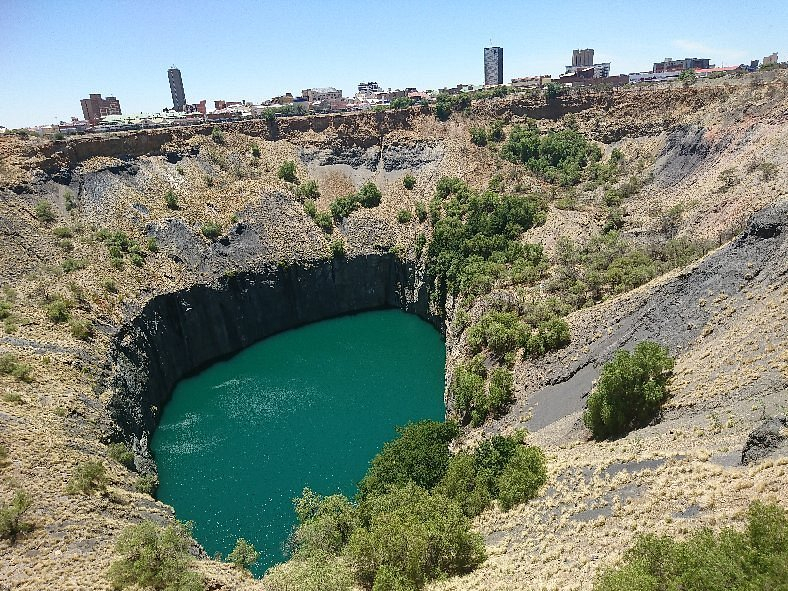
Photo: TripAdvisor 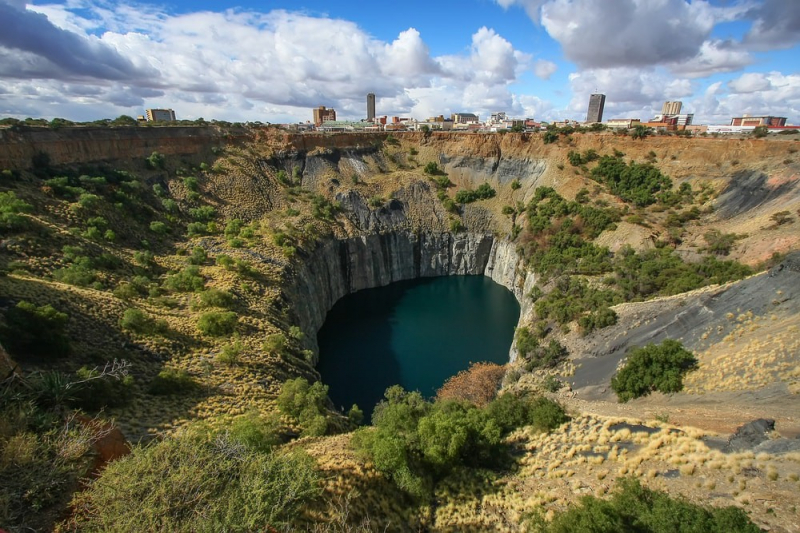
Photo: Kyluc.vn -
The Castle of Good Hope, often known as the Castle or Cape Town Castle, is a 17th-century bastion fort in Cape Town, South Africa. The fort was once built on the Table Bay shoreline, but due to land reclamation, it is now positioned inland. The Castle was designated a historical monument in 1936 (it is now a provincial heritage site), and after repairs in the 1980s, it is regarded as the best-preserved example of a Dutch East India Company fort.
The Castle, built between 1666 and 1679 by the Dutch East India Company, is South Africa's oldest standing structure. It was erected to replace an older fort called Fort de Goede Hoop, which was built from clay and lumber by Jan van Riebeeck following his arrival at the Cape of Good Hope in 1652. In 1654, two redoubts were erected at the mouth of the Salt River: Redoubt Kyckuit (Lookout) and Redoubt Duijnhoop (Duneheap). The Dutch outpost in the Cape was established to serve as a replenishment station for ships traveling between the Netherlands and the Dutch East Indies who needed to restock their supplies (now Indonesia)
Location: Cape Town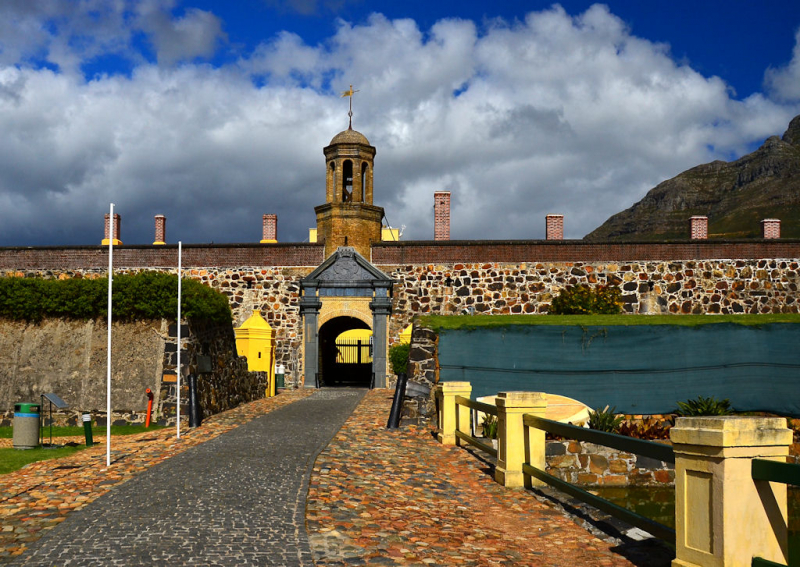
Photo: Culture Trip 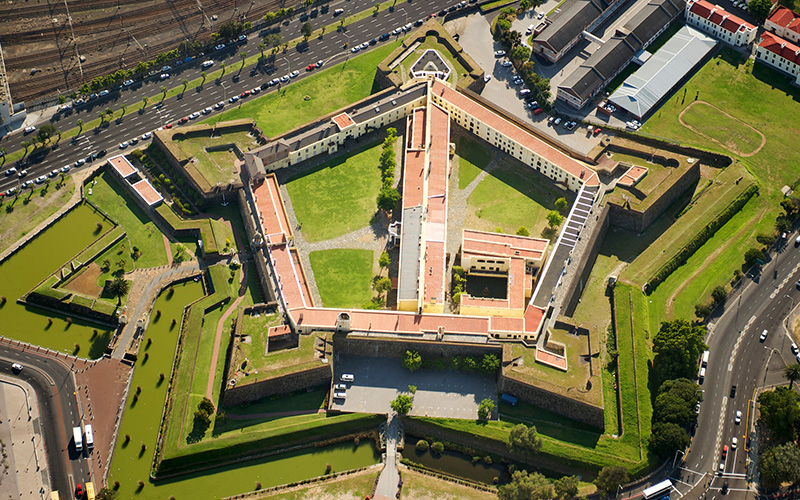
Photo: AFAR Magazine -
The Battle of Isandlwana took place at the Isandlwana Battlefield in South Africa during the Anglo-Zulu Wars. The Anglo-Zulu Wars were part of the British attempt to subdue the Zulu army in order to prepare the way for the formation of a Confederation of South Africa, which combined all colonial states into one body.
On the same day as their victory at Rorke's Drift, the British Army suffered a severe setback at Isandlwana Battlefield on 22 January 1879. When they were besieged by about 20,000 Zulu warriors, around 1,750 British were camped at Isandlwana or had arrived as reinforcements. The Zulus stormed the camp and slaughtered nearly all of the men, handing the British a crushing and humiliating loss.
Lord Chelmsford, who led the British in the area, is considered to have gone to tremendous pains to conceal the defeat. The success in the Battle of Rorke's Drift overshadowed it as well.
Location: IsandlwanaVideo: Unravel Travel TV 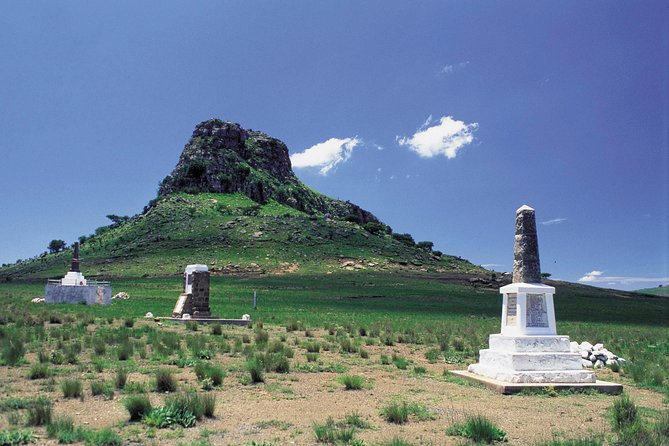
Photo: Viator -
Nelson Mandela is the late South African president. However, he was recognized for his attempts to create racial, social, and political equality in a South Africa devastated by the detrimental consequences of the Apartheid government. The Nelson Mandela Capture Spot is a cultural and historical exposition located on the site where Nelson Mandela was seized in August 1952 for his anti-Apartheid activist actions.
The artwork at the Nelson Mandela Capture Site is made up of 50 steel columns that range in height from six to 9.5 meters and span about 30 meters. When viewed from the right perspective, these are laser-cut to produce a picture of the previous president. The columns are arranged in such a way that when viewed from a certain angle, they appear to form a two-dimensional image of Mr Mandela. The impact is so powerful that it can be seen from 30 yards away. This monument is located at the end of a meandering walkway that depicts his lengthy journey to freedom and political equality.
Location: KwaZulu-Natal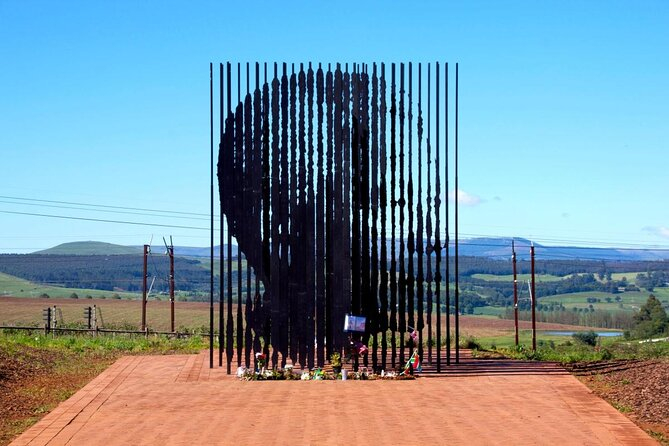
Photo: Viator 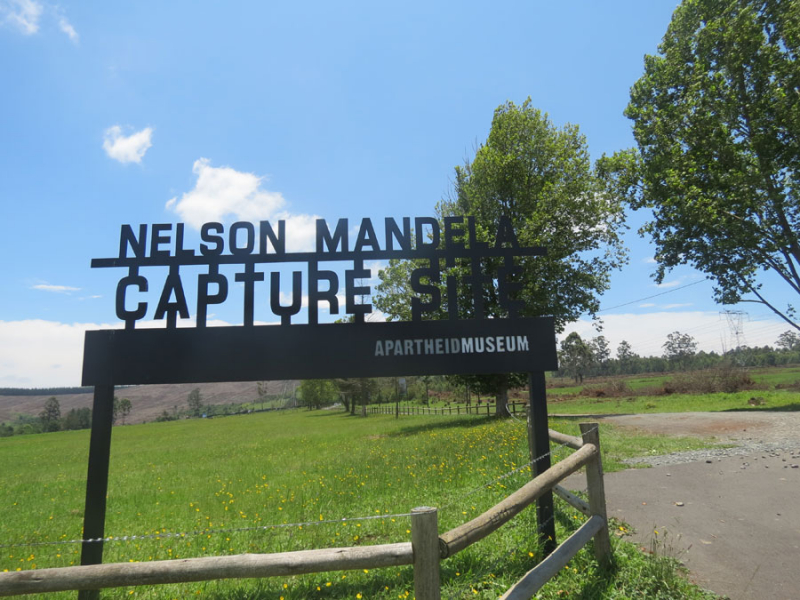
Photo: SA-Venues -
The Cradle of Humankind is a region in South Africa where many early human fossils, artifacts, and other remains have been discovered. These traces include important information about human evolution. The location is known as the Cradle of Humankind because it gave birth to some of modern humans' progenitors. The earliest evidence stretches back at least three million years. In 1999, the Cradle of Humankind was designated a UNESCO World Heritage Site. It is one of eight World Heritage sites, the most beautiful historical sites in South Africa.
The site's official name on the World Heritage List is Fossil Hominid Sites of South Africa. According to the South African Journal of Science, the first primate was discovered at Bolt's Farm. In the late nineteenth and early twentieth century, Bolt's Farm was widely mined for speleothem (calcium carbonate from stalagmites, stalactites, and flowstones).
The Sterkfontein Caves were the scene of the 1947 discovery of a 2.3-million-year-old fossil Australopithecus africanus (nicknamed "Mrs. Ples") by Robert Broom and John T. Robinson. The finding served to validate Raymond Dart's 1924 discovery of the juvenile Australopithecus africanus skull known as the "Taung Child" at Taung in South Africa's North West Province, where digs are currently ongoing.
Location: Maropeng
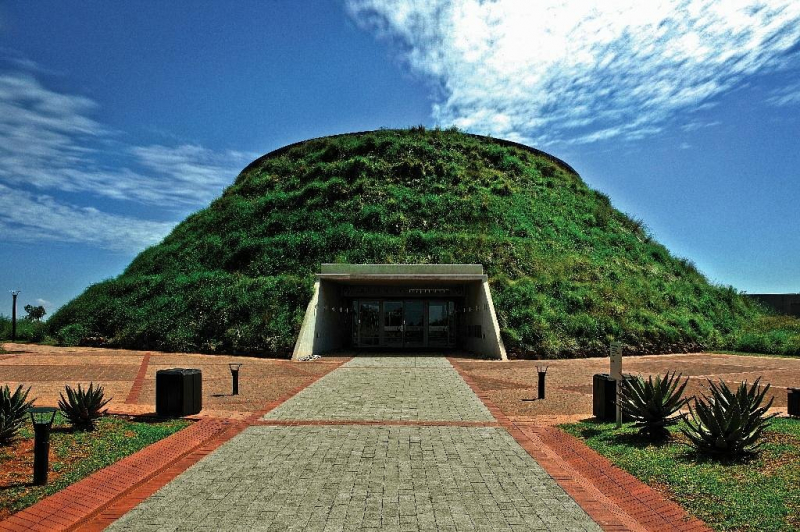
Photo: TripAdvisor 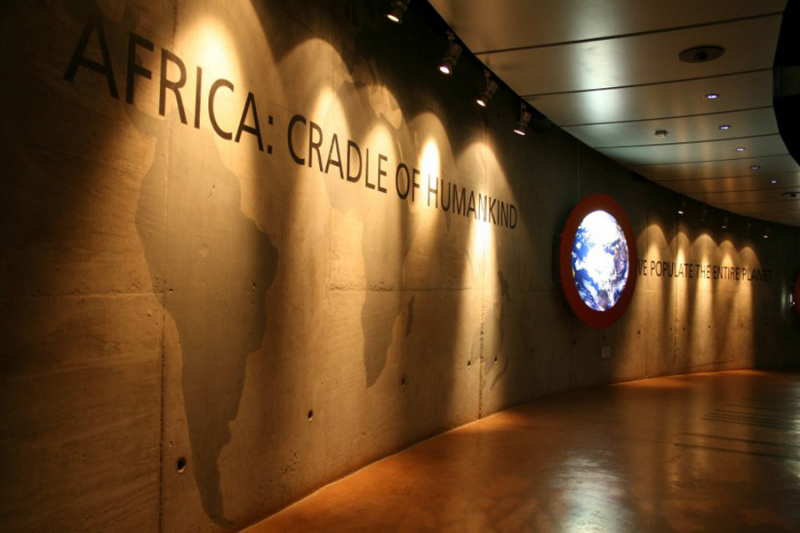
Photo: SA-Venues -
The next place mentioned in the list of one of the most beautiful historical sites in South Africa is Robben Island.
Between the 17th and 20th centuries, Robben Island was used as a jail, a hospital for socially unsuitable populations, and a military installation. Its structures, particularly those from the late twentieth century, such as the highest security jail for political prisoners, bear evidence to the victory of democracy and freedom against oppression and racism.
What remains of its episodic history are 17th century quarries, the tomb of Hadije Kramat, who died in 1755, 19th century administrative buildings including a chapel and parsonage, a small lighthouse, the lepers' church, the only remains of a leper colony, derelict World War II military structures around the harbour, and the stark and functional maximum security prison of the Apartheid period, which began in the 1960s.
Robben Island's symbolic importance stems from its sad past as a jail and hospital for unfortunates who were isolated as socially undesirable. This came to an end in the 1990s, when the brutal Apartheid rule was rejected by the South African people, and political prisoners who had been imprisoned on the Island were released after many years.
Location: Cape Town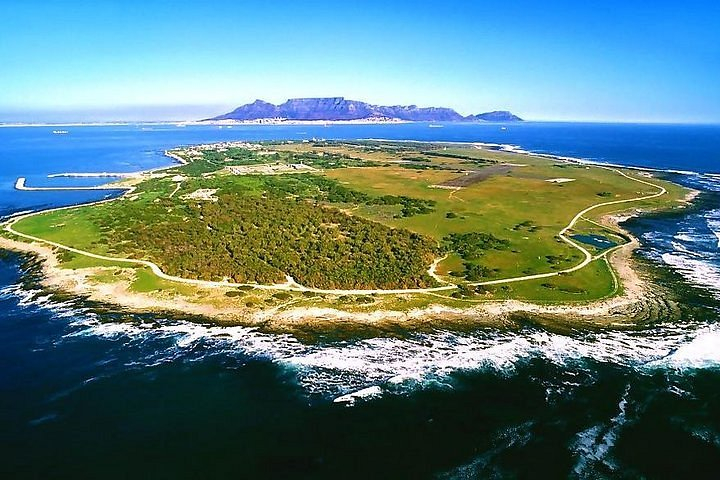
Photo: TripAdvisor 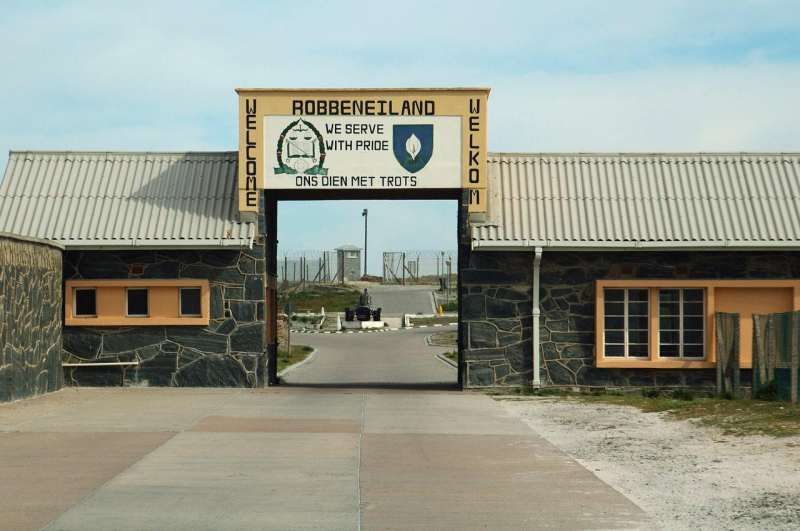
Photo: Cape Town Tourism -
The Afrikaans Language Monument recognizes Afrikaans, one of South Africa's official languages. Afrikaans evolved from Dutch, the language spoken by Dutch immigrants who first arrived in southern Africa in the 1600s. The monument is located atop Paarl Mountain in Paarl, a town in the Western Cape region of South Africa.
The monument was created by architect Jan van Wijk. It is made up of many granite columns that vary in height. The monument also has a pool of water with a gushing fountain. The design was meant to represent the impact of different languages and cultures on Afrikaans, notably those of Africa and Malaysia.
The monument was inaugurated in 1975, 50 years after the South African government recognized Afrikaans as an official language and 100 years after an association to promote the language was founded in Paarl. The organization was known as the Genootskap van Regte Afrikaners ("Society of True Afrikaners").
Location: Paarl
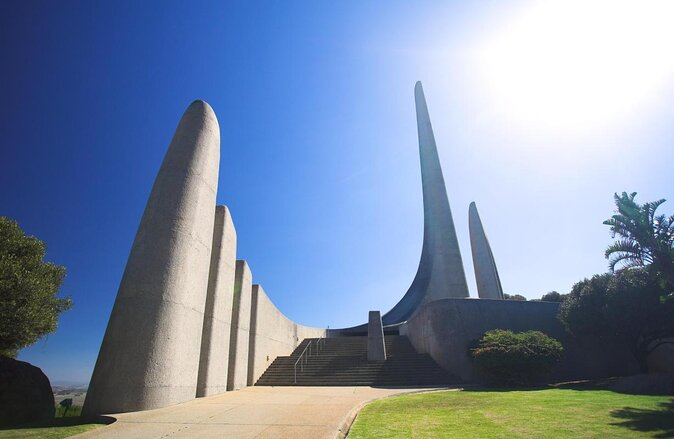
Photo: Viator 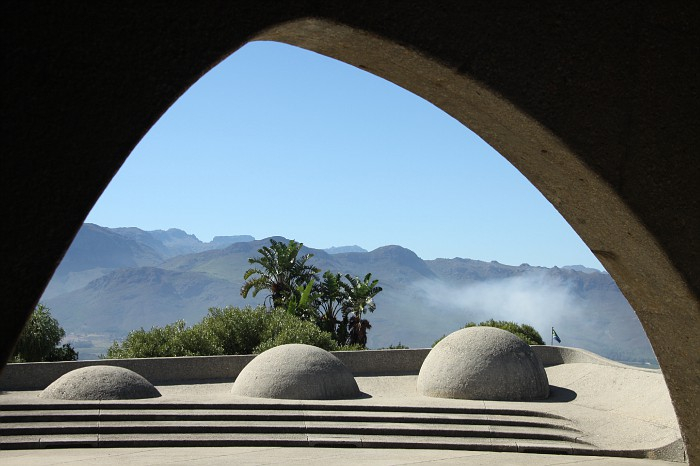
Photo: Public Fotki









